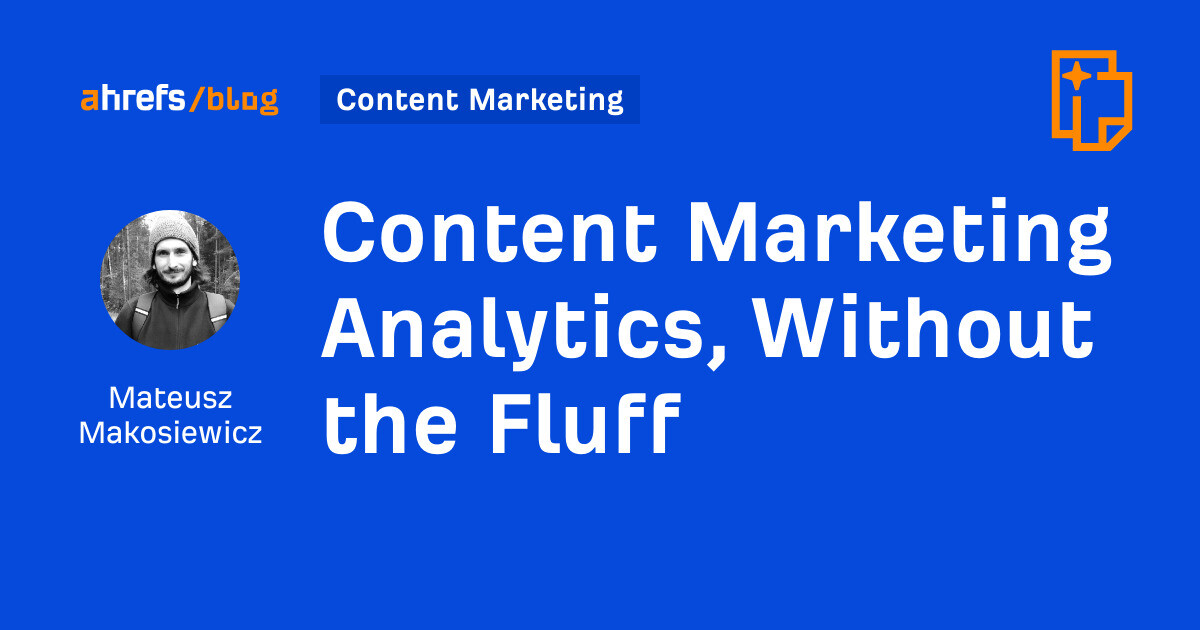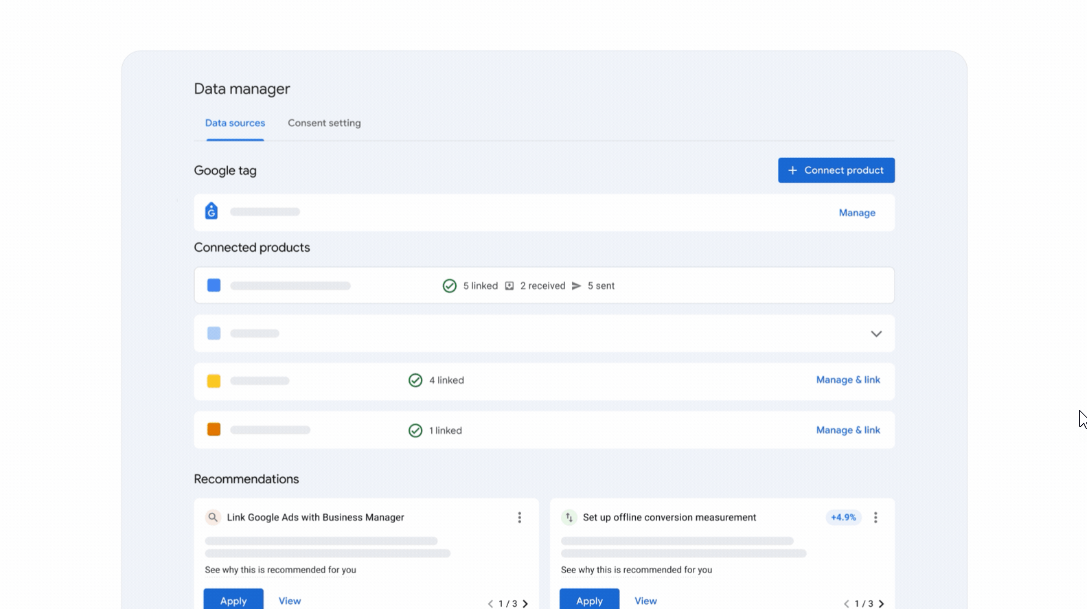When AI Reads the Room, Predicts Buyer Intent, and Respects Ethics
Imagine if your website could tell when someone was about to bail on a purchase and offer a helpful nudge at just the right moment. That’s the idea behind predictive interaction design, where machine learning picks up on subtle...

Imagine if your website could tell when someone was about to bail on a purchase and offer a helpful nudge at just the right moment. That’s the idea behind predictive interaction design, where machine learning picks up on subtle signals and guides people toward decisions they might otherwise postpone. In a sales call, for example, an algorithm can notice tiny changes in someone’s voice, like longer pauses or a shift in tone, to spot a buyer’s hesitation. Then your team can follow up with a message or offer that feels personal instead of just another generic outreach. By tying these emotional clues back to your customer data, you can see exactly where a prospect is wavering and step in with something they need.
Detecting and Working Past Buyer Hesitation
Machine learning models detect buyer hesitation by tracking behavioral signals that correlate with uncertainty. In digital commerce, patterns such as repeated product page visits without checkout, erratic cursor movements, and abrupt session drop-offs can signal indecision. Voice analytics tools applied during sales calls use features like speech rate and harmonic to noise ratio to infer emotional states. By continuously monitoring these signals, systems can flag prospects who exhibit hesitation in real time, triggering automated nudges, such as personalized chat prompts or limited-time offers, aimed at reengaging the buyer before they abandon the purchase process.
Beyond simply forecasting behavior, predictive interaction design seeks to assess sentiment and attention spans to identify optimal conversion windows. Sentiment analysis techniques mine textual or vocal data to detect positive or negative emotional valence, enabling models to anticipate whether a buyer is ready to proceed or needs reassurance. Eye tracking and clickstream data offer proxies for attention, revealing which page elements hold focus and where interest wanes. By correlating these signals with historical conversion metrics, algorithms can estimate high probability moments, such as windows where a timely prompt, like a tailored discount or relevant testimonial, can shift intent toward purchase.
Once models identify hesitation and predict conversion windows, they must intervene in ways that feel helpful rather than intrusive. Examples include AI-powered chatbots that offer contextual assistance when a user lingers on a checkout page or interactive product demos that address common objections before they manifest. A notable case is the chatbot Ally, used in mobile health interventions, where machine learning determined when users were most receptive to motivational prompts, resulting in up to a forty percent improvement in engagement compared to random outreach. In e-commerce, retailers like Ikea use augmented reality to let customers visualize furniture in their homes, effectively reducing hesitation by clarifying fit and style, though these rely more on immersive experience than ML-driven intent prediction.
Ethical Considerations in Nudging Versus Manipulation
A core question is when nudging crosses the line into manipulation. Nudges leverage insights from behavioral science to subtly guide decisions without restricting choice, while manipulation covertly exploits vulnerabilities to steer behavior for the provider’s gain. Ethical guidelines distinguish benign nudges, such as reminders to complete a form, from manipulative tactics that exploit cognitive biases to drive purchases that a buyer may later regret. Academic frameworks highlight incentives, intent, harm, and covertness as key factors. For example, an intervention that transparently offers a genuine benefit, like a discount when a cart is abandoned, aligns with user autonomy; a pop up that pressures a user with false scarcity violates ethical norms.
Constructing ethical AI systems for real-time influence requires embedding values such as transparency, fairness, and respect for autonomy into the design. Transparency means users should be aware that they are interacting with predictive algorithms and understand how their data informs intervention. Fairness demands that models avoid bias, for example, ensuring certain demographic groups are not unfairly targeted with high-pressure sales nudges. Respecting autonomy involves providing opt-out mechanisms and designing interventions that support informed choice rather than coercing specific outcomes. Organizations often adopt impact, justice, and autonomy as guiding principles, making sure that predictive interaction tools enhance user experience without undermining ethical standards.
Balancing Personalization and Privacy
Predictive interaction design relies on extensive data collection, raising privacy concerns. Ethical AI frameworks recommend collecting only necessary data, anonymizing user identifiers where possible, and providing users with clear choices regarding data sharing. Consent mechanisms should extend beyond generic terms and conditions, providing granular control over which behavioral signals can be analyzed for real-time interventions. For instance, a platform might allow users to opt into sentiment analysis-driven nudges but decline location-based prompts, preserving user agency while still benefiting from predictive features.
Predictive interaction design holds transformative potential for aligning AI systems with human intent, enabling timely, context-aware interventions that reduce buyer hesitation and enhance conversion rates. Machine learning techniques that interpret sentiment, attention, and behavioral cues can flag hesitation early, presenting users with timely assistance that feels personalized rather than intrusive. However, the boundary between helpful nudges and coercive manipulation is a delicate one. Ethical frameworks grounded in transparency, fairness, and respect for autonomy are essential to ensure that predictive interventions empower users to make informed decisions rather than erode trust. By thoughtfully integrating these principles, organizations can build AI-driven experiences that support user needs while maintaining ethical integrity in influence.

 Hollif
Hollif 



















![The 2026 AI Search Benchmark Every SEO Leader Needs [Webinar] via @sejournal, @lorenbaker](https://www.searchenginejournal.com/wp-content/uploads/2025/11/1-259.png)












